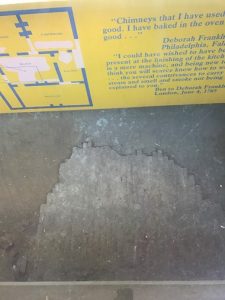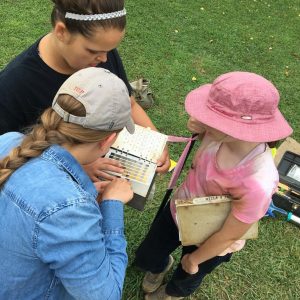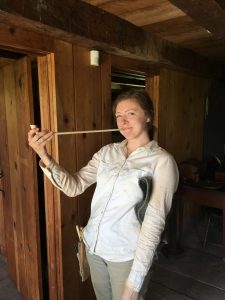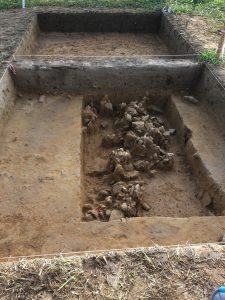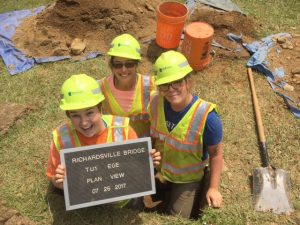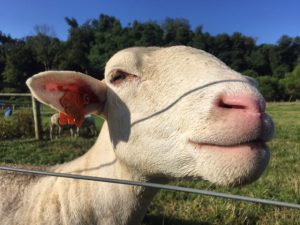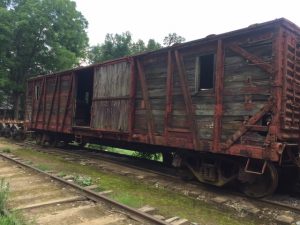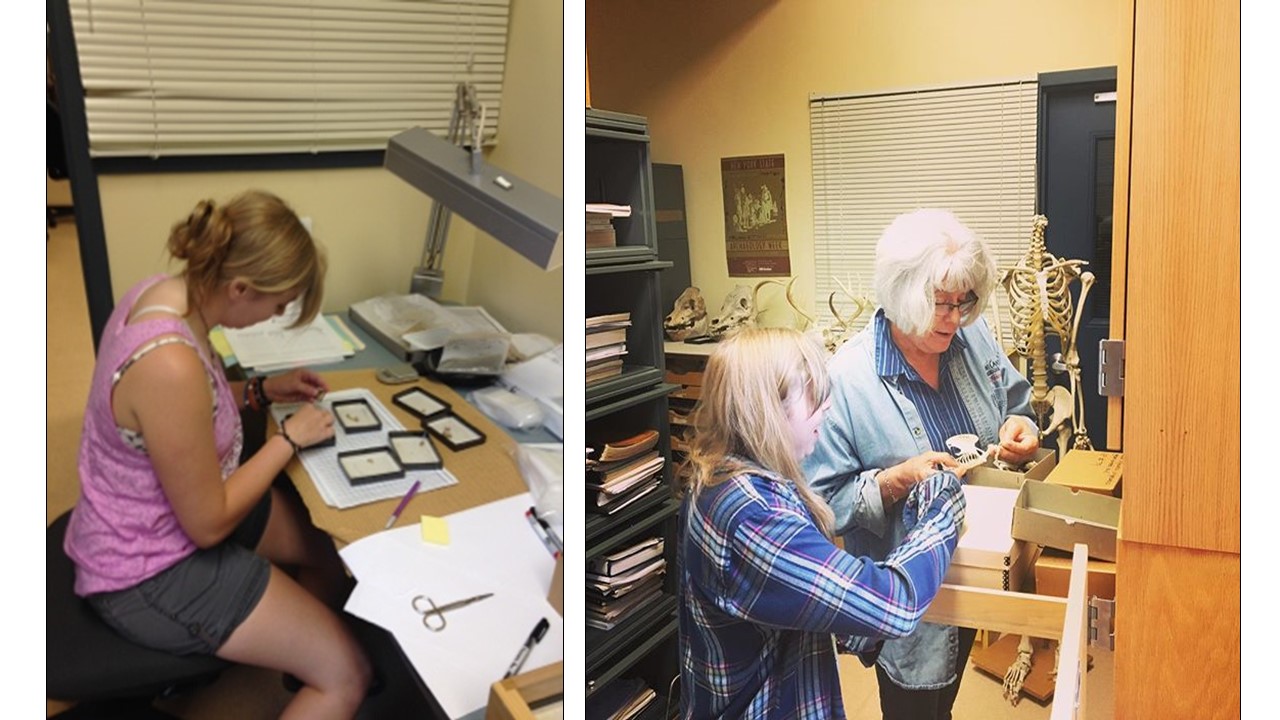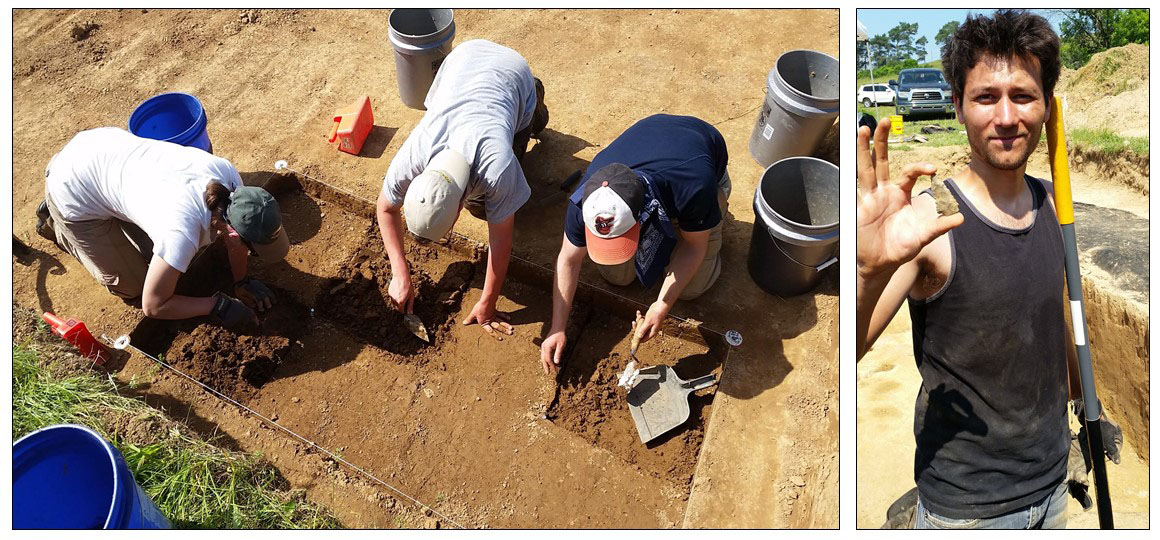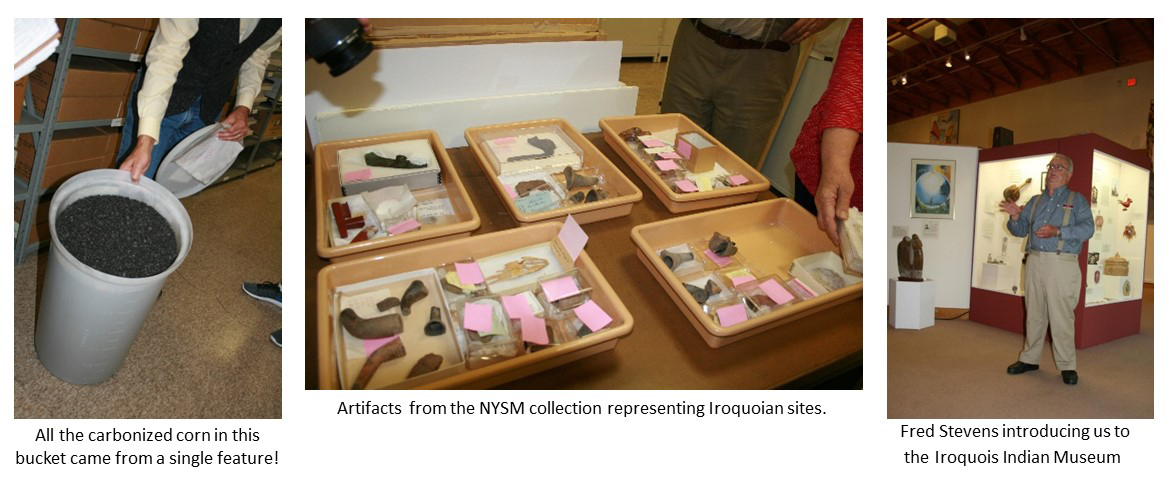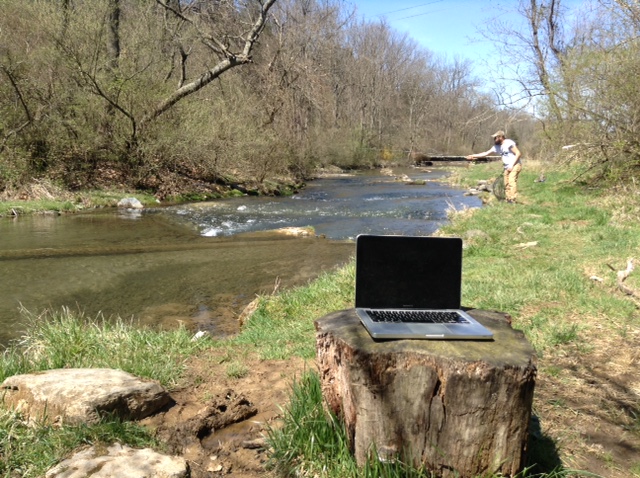By: Patrick McGinley
Hello, my name is Patrick McGinley, and I am a second-year grad student in the Applied Archaeology M.A. program. The weekend of Friday September 8th, I travelled to Philadelphia, PA, with Dr. William Chadwick and four other second-year grad students from the CRM II class being taught this Fall to attend the 23rd annual American Cultural Resources Association (ACRA) conference. ACRA is a national trade association for firms working in the Cultural Resource Management (CRM) industry, of which IUP is a member through its Archaeological Services. We left Thursday the 7th to stay in Philly overnight so that we could attend the first sessions early Friday morning. The conference had a total of 10 sessions over two days, and we had time to do some sightseeing as well.
The sessions covered a wide variety of topics, from political issues, to tax credit programs for historical preservation, to climate change’s effects on the industry, to the I-95 Philadelphia Project. On Saturday, “Student Day,” there was a special meet-and-greet session and a question-and-answer session with a panel which had several decades of experience in the CRM industry between them. One of the most interesting sessions for me personally was regarding the future of CRM in the Trump administration, which discussed what President Trump’s actions to this point suggest about his attitude toward regulation reform, environmental policy, and infrastructure development. The sessions that were specifically designed for students were valuable and definitely one of the highligh
ts of the weekend. The meet-and-greet allowed us to connect with many of the attendees of the conference, all of whom are actively employed in the industry all over the country. I even got to talk briefly with the president of ACRA, Duane Peter. The Q&A featured five panelists, including IUP’s own Dr. Chadwick, who discussed how to prepare for and get a job in this industry and gave tips for being successful in it.
During our lunch breaks and in the evenings after the last session had ended, we had time to explore the heart of Philadelphia and eat some great food. The conference was located along Rittenhouse Square, so we were already in Center City. In addition to all the nice places to eat, we were able to see Independence Hall, the Liberty Bell, the Benjamin Franklin Museum, and more.
Ultimately, I think this was a valuable experience for my classmates and I for several reasons. It is important to go to these types of conferences as a student in order to get a glimpse of what the professional world looks like. The professionals attending these conferences are very knowledgeable about archaeology, CRM, and a whole host of other topics pertaining to our field. Also, it is crucial to make connections with these people and to get to know them, because they will be our future peers, if not future employers. Lastly, I think attending the ACRA conference in particular was important for us because it gave us an opportunity to hear about the “business side” of CRM and archaeology. Moreover, it has made me more aware of what the industry is like and the larger world in which it operates. As we heard from the speakers, the importance of associations like ACRA has increased in recent years to ensure that cultural resource and heritage protection laws are strengthened and updated as the CRM industry continues to grow into the 21st century.

